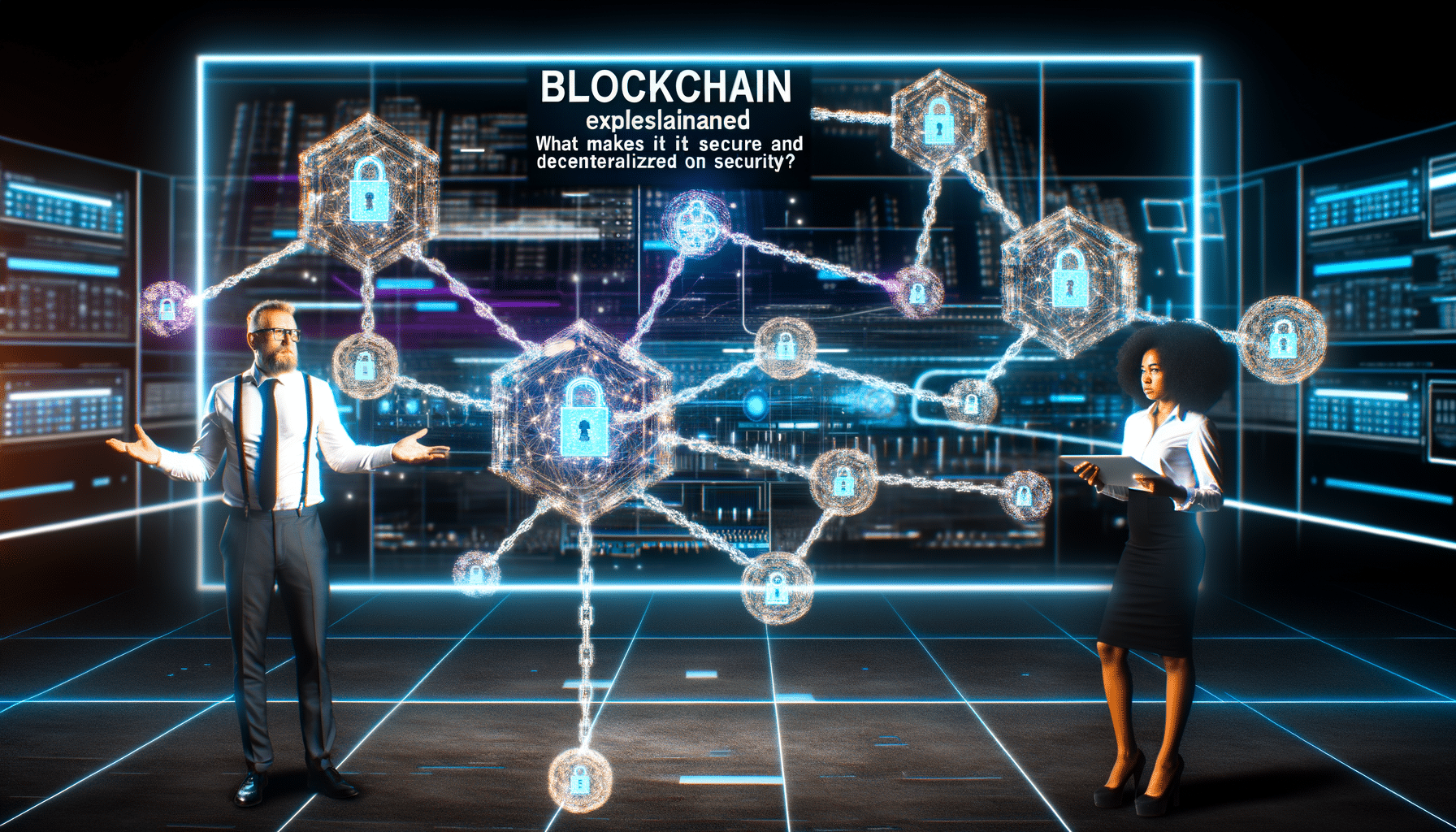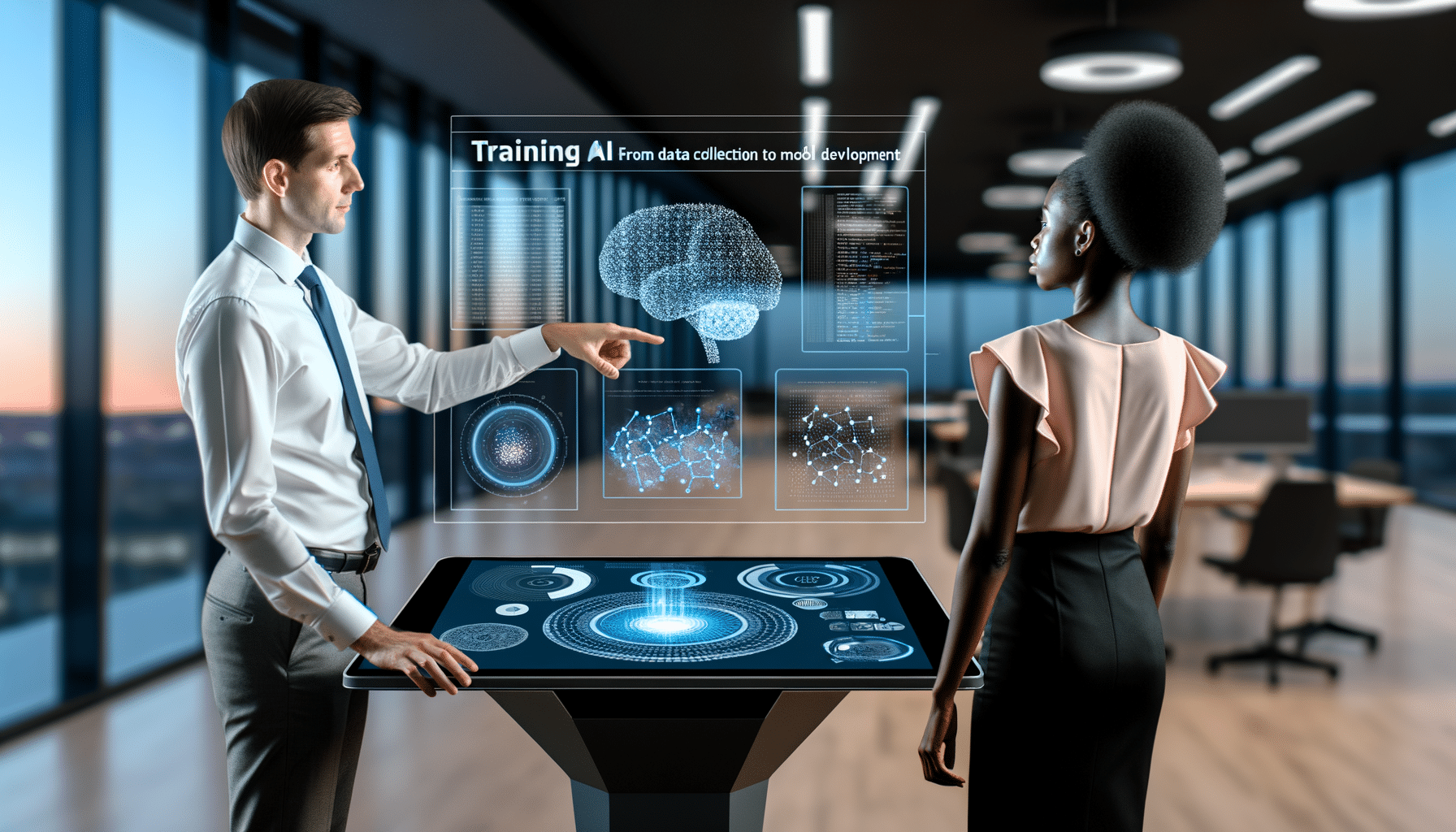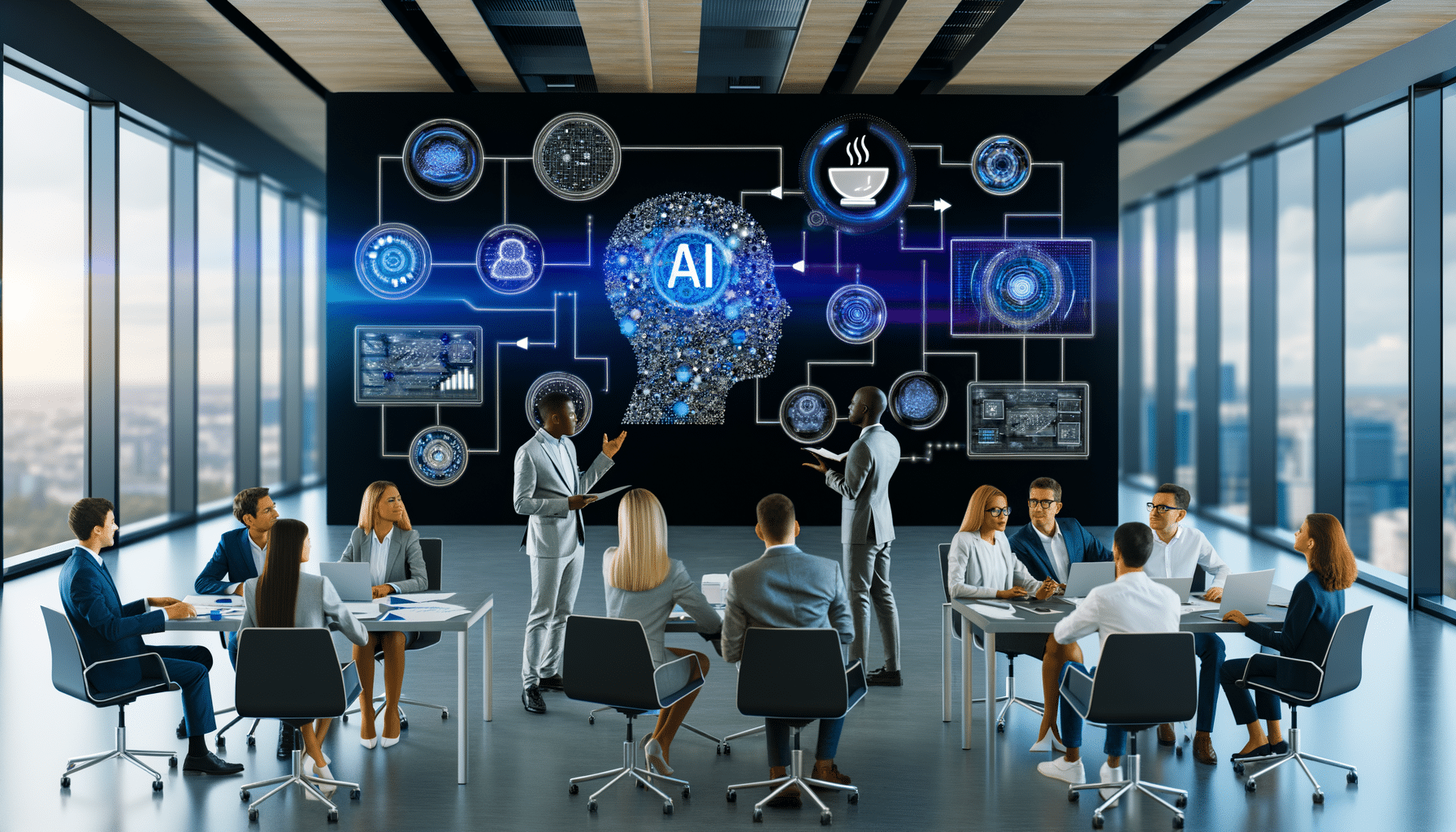- Basics
- December 22, 2022
Blockchain Explained: What Makes It Secure and Decentralized?

Understanding the Power of Blockchain: Security and Decentralization
The concept of blockchain may seem daunting to beginners, but let me assure you, its transformative power lies in its simplicity and ingenious architecture. As someone deeply engaged with technology, I’ve witnessed the profound impact that blockchain technology is having across different sectors. From finance to record-keeping, its unique attributes of security and decentralization are game changers, offering unprecedented trust and autonomy.
The Heart of Blockchain: What Is It?
Before diving into what makes blockchain both secure and decentralized, it’s essential to understand what blockchain fundamentally is. Imagine a digital ledger, but unlike a typical ledger, this one is distributed across a plethora of computers globally. Each participant in the network has access to the entire blockchain, which enables mutual verification and agreement on the transactions recorded. It’s this shared and immutable nature that forms the cornerstone of blockchain’s trustworthiness.
Securing Data: The Element of Security in Blockchain
In my experience in the tech industry, security has always been a top priority for any digital interaction. Blockchain excels in this realm thanks to its design:
1. Cryptography at Work: Every transaction made on a blockchain is encrypted with complex algorithms. This encryption ensures that the data is secure and cannot be altered by unauthorized individuals. A form of digital signature, called a “hash,” is used for every transaction, making tampering nearly impossible without detection.
2. Immutable Ledger: Once a transaction is added to the blockchain, it is incredibly difficult to change. Its inherent structure means that altering a single block requires changing all subsequent blocks, which is practically unfeasible, especially in a vast and decentralized network.
3. Network Consensus: Blockchain security is further ensured by a consensus mechanism. This means transactions must be approved by multiple participants within the network before they are added. The consensus model checks the validity of every transaction, reducing the risk of fraudulent entries.
Embracing Decentralization: What Sets Blockchain Apart
Decentralization is more than just a technical term; it’s the principle that defines blockchain’s revolutionary potential. I am continually amazed by how this feature democratizes control and eliminates the need for central authorities.
1. Distributed Network: Unlike traditional databases managed by centralized entities, blockchain operates on a distributed network. Each node in the network holds a copy of the blockchain, and all copies are updated simultaneously. This distribution boosts transparency and reduces the risk of a single point of failure.
2. Peer-to-Peer Interaction: Blockchain enables direct interactions between parties, removing intermediaries and their associated costs. It is an embodiment of trustless exchange, relying on predefined protocols rather than third-party oversight.
3. Empowerment Through Autonomy: In fields like finance and record-keeping, decentralization affords users direct control over their data and transactions. It resonates well with our development of RecordsKeeper.AI, as we embrace these principles to offer our users more autonomy in their record management tasks.
Real-World Applications: Blockchain in Action
In my work with RecordsKeeper.AI, I am continually inspired by how blockchain is reshaping industry practices. Here are a few illustrative applications:
- Financial Services: Blockchain’s reduced transaction costs and improved security make it ideal for cross-border payments, smart contracts, and asset management.
- Healthcare: Blockchain enables secure storage of patient records, ensuring they are both easily accessible and tamper-proof.
- Supply Chain Management: By enhancing traceability, blockchain technology ensures that all supply chain participants have transparent and accurate data.
Taking the Next Step
As blockchain continues to establish itself as a cornerstone technology, understanding its security and decentralization capabilities is crucial. These elements not only fuel blockchain’s popularity but also signal a shift toward more open and resilient systems. With platforms like RecordsKeeper.AI, my aim is to harness these advantages, furthering our mission to modernize record management and introduce innovative solutions that align with these core principles.
Blockchain technology holds vast potential, offering a plethora of opportunities for sectors eager to evolve. As you explore this fascinating technology further, I encourage you to keep an eye on how these principles of security and decentralization can apply not only to blockchain but to broader tech innovations across disciplines. Follow along for more insights into how you can leverage these technologies to stay ahead in your field.
Toshendra Sharma is the visionary founder and CEO of RecordsKeeper.AI, spearheading the fusion of AI and blockchain to redefine enterprise record management. With a groundbreaking approach to solving complex business challenges, Toshendra combines deep expertise in blockchain and artificial intelligence with an acute understanding of enterprise compliance and security needs.
Related Posts

Training AI: From Data Collection to Model Development
Learn the step-by-step process of training an AI model from scratch.
- March 28, 2023

How AI Works: A Behind-the-Scenes Look
Uncover the key components and processes that power AI systems.
- March 27, 2023
Archives
- January 2025
- December 2024
- November 2024
- October 2024
- September 2024
- August 2024
- July 2024
- June 2024
- May 2024
- April 2024
- March 2024
- February 2024
- January 2024
- December 2023
- November 2023
- October 2023
- September 2023
- August 2023
- July 2023
- June 2023
- May 2023
- April 2023
- March 2023
- February 2023
- January 2023
- December 2022
- November 2022
- October 2022
- September 2022
Want to get more content like this?
Signup to directly get this type of content to your inbox!!
Latest Post
Document Control for Equipment Maintenance
- January 20, 2025
Managing Records for Multiple Clients
- January 19, 2025
Handling Conference Documentation
- January 18, 2025
Setting Up Department Record Reviews
- January 17, 2025





